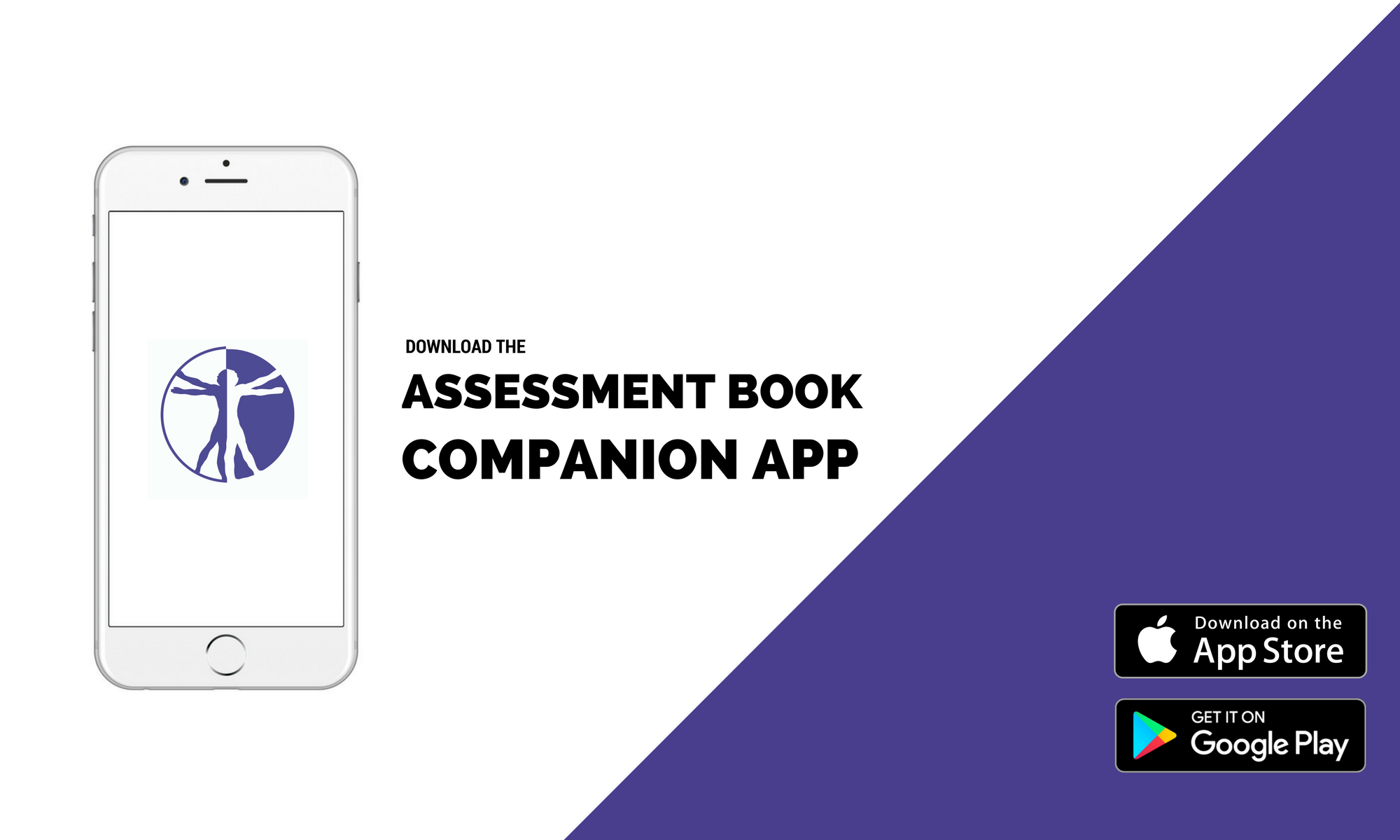Execution:
- The patient is in standing position (they may hold onto the wall for balance)
- Then, the patient is asked to flex one hip to 90°
- The examiner assesses the height of the iliac crests on both sides, where the side with the flexed hip should be higher than the other side
Positive Outcome: If the iliac crest on the side with the flexed hip drops lower than the iliac crest on the standing side or patient compensates by leaning the trunk towards the side of the standing leg, this indicates weak abductor muscles (gluteus medius+minimus) on the standing side. Some authors specify a femoral angle of ≤83° on the standing leg with specified time duration of 30s as a positive sign
| Study | Reliability | Sn | Sp | LR+ | LR- |
| Youdas et al. (2010) | NA | 55 | 70 | 1.83 | 0.82 |
| Comment:The authors conclude that based on validity information from the present study, the Trendelenburg Test(P-O-F angle) is not useful in identifying subjects in the early stages of hip joint OA. | |||||
![]()
